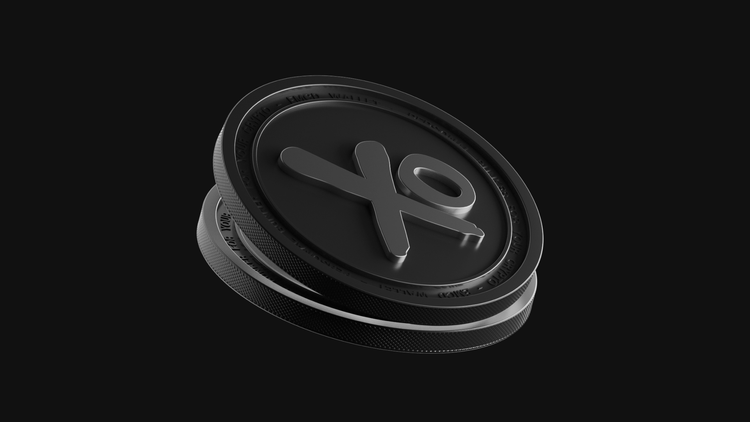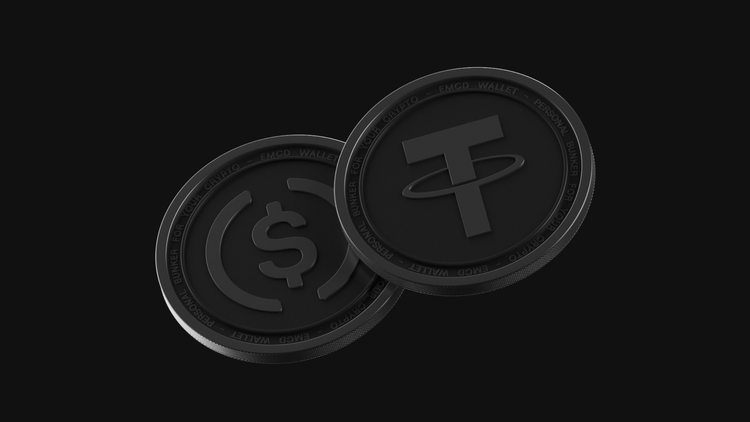How to Transfer Cryptocurrency Between Exchanges and Wallets

Problem and Solution. Transferring cryptocurrency between exchanges or wallets, as well as converting it to fiat, is fairly simple. Beginners might have trouble at first, but it quickly becomes easier. This is normal — everything requires practice.
The Most Important Point. The key issue is avoiding any loss of funds during the transfer. Such incidents happen frequently. Following a few simple rules can help you minimize risks.
Transferring Cryptocurrency to Another Wallet
Sometimes you need to send cryptocurrency quickly to someone else — for a donation, payment, debt repayment, or a gift. The process involves:
- Going to the “Send” section in your wallet
- Pasting the recipient’s wallet address
- Entering the amount
- Setting the fee (if your wallet allows it)
- Double-checking the details
- Confirming the transaction

Some mobile wallets let you scan a QR code to simplify the process.
When choosing a wallet, note service fees for transactions (different from network fees). If you send crypto to another user of the same service, fees might be lower.
Transferring Cryptocurrency to Another Exchange
Transferring cryptocurrency from one exchange wallet to another can help reduce withdrawal costs and increase net trading profits.
Pick an exchange with high trading volume, good reliability, user-friendly tools, and an intuitive interface.
You don’t need a third-party service to transfer cryptocurrency between exchanges. Follow this approach:
- Create an account on the desired exchange.
- Go to the “Deposit” tab under assets, select the cryptocurrency, and copy the wallet address.
- On your current exchange, send the required amount to that address.
- Complete any required verification on the new exchange. After that, your funds are available for withdrawal to fiat, exchanging coins, and more.

Transfers can take time because of verification checks and blockchain congestion. Under ideal conditions, it may only take minutes, but during peak usage, it can take days. Most exchanges charge withdrawal fees, so check them in advance. Avoid platforms that don’t disclose their fees.
Converting Cryptocurrency to Fiat
In the crypto world, ‘fiat’ refers to traditional currencies like euros or dollars. Eventually, most people will need to convert crypto into regular money.
Withdrawing Cryptocurrency from an Exchange
If you want to use an exchange to convert crypto to fiat, consider these points:
- Regulation. Some exchanges don’t require KYC or AML checks and may lack proper licensing in their home country. This could affect your legal rights.
- Fiat availability. Many exchanges don’t deal directly with fiat; they partner with payment services, which can mean higher withdrawal fees.
- Withdrawal method. Decide if you want to withdraw directly to a card, bank account, or e-wallet.

Once you’ve chosen a platform:
- Register and verify if needed.
- If your funds are in an external wallet, transfer them to the exchange.
- In the ‘Deposit’ tab, find the wallet address for the coin you want to deposit.
- Send your crypto to that address.
- Convert the crypto to fiat.
- Withdraw to your card or e-wallet.
Alternatively, use a p2p platform where you deal directly with another user, and the exchange holds the funds in escrow. Pay attention to fees and the seller’s reputation.
Cashing Out Through an Exchanger
Online exchangers are popular for converting crypto to fiat quickly. When choosing an exchanger, consider rates, supported coins, payment methods, reserves, how long they’ve operated, and whether they have 24/7 support. Suspiciously high promotional offers should raise red flags.

Typical steps:
- Create a request on the exchanger’s site, specifying the crypto and fiat amounts.
- Check the terms and fees.
- Send your crypto to the exchanger’s address from your external wallet.
- Once the transaction is confirmed, you’ll receive money to your card or payment system. If it takes longer than 30–60 minutes, contact support.
Withdrawal Through a Payment System
Using a wallet that supports direct withdrawal to a card or payment system is convenient. If your current wallet doesn’t offer it, consider transferring your crypto to one that does.
Some services (like Trustee Wallet) scan multiple exchangers to find the best rates. They also vet their partners to ensure safety.
After installing a mobile wallet, write down your seed phrase and store it safely (not on your phone). If you lose it, you can’t recover your wallet or funds.

Using Trustee Wallet to Transfer From a Less Advanced Wallet:
- Download and install Trustee Wallet for free (no registration required).
- Copy the address of the needed cryptocurrency wallet in Trustee Wallet.
- Transfer your funds from the old wallet to this address. If you have a non-custodial wallet (with a seed phrase), you can import it into Trustee Wallet.
- Tap ‘Exchanger’ in Trustee Wallet and exchange your crypto for fiat at the best rate.
- Choose how to withdraw your fiat (to a card or payment system). Enter the details.
- Review all info, especially the fee, then confirm.
- Your card or payment system will receive the funds.

Other Ways to Cash Out Crypto
- Telegram bot. Aggregates offers, but there’s no transaction guarantee.
- Payment systems (PayPal, Perfect Money, PAYEER, WebMoney). Transfer crypto to your account, exchange, then withdraw to a card.
- Crypto ATM. Withdraw cash by sending crypto to the indicated address. Commissions can be high.
- Offline exchanger. Hand over crypto in person for cash. This is very risky due to irreversibility of crypto transactions.
Mitigating Risks When Transferring Cryptocurrency
Everyone eventually needs to transfer crypto. To avoid losing funds:
- Check wallet compatibility. Make sure you’re sending the correct coin to the correct wallet (e.g., don’t send ETH to a BTC address).
- Copy addresses correctly. Avoid manual selection. Use a “copy address” function.
- Double-check addresses. Compare the first and last characters or carefully verify the entire string to avoid malware tricks.
- Beware of phishing sites. Scammers often clone official pages and replace real details with their own.
- Include required tags. If the exchange requires a tag (memo, destination tag), ensure it’s correct, or the funds may be lost.
- Use stablecoins. This helps avoid volatility losses when transferring.
- Consider transfer fees. Different coins have different withdrawal costs. Cheaper options include TRX or XRP.
- DeFi platforms. They use smart contracts for transactions. Not all exchanges support them, so check carefully.
EMCD Crypto Wallet
EMCD is a crypto wallet that supports BTC, BCH, LTC, ETH, DASH, DOGE, ETC, USDT, and USDC. It has a user-friendly interface suitable for both beginners and experienced users.
It allows you to store, send, and receive crypto without third-party services. EMCD uses two-factor authentication and SSL encryption, and doesn’t store private keys on its servers. Transactions process quickly and securely.
This text covers popular methods of transferring and withdrawing cryptocurrency. Ultimately, joining the crypto space requires knowing how to transfer digital assets correctly and safely.
F.A.Q.
How to Transfer Cryptocurrency?
Чтобы перевести криптовалюту, нужно выполнить следующие шаги:
- Choose a wallet or exchange (Binance, Trust Wallet, Metamask, etc.).
- Enter the recipient’s address. Make sure you’re using the correct network (Ethereum for ERC-20, Bitcoin for BTC).
- Enter the transfer amount and check the network fee (Ethereum fees can be higher).
- Confirm the transaction. It may take seconds or minutes, depending on network load.
If you’re sending USDT or similar tokens, confirm which network (TRC20, ERC20, BEP20) you’re using. Mistakes can cause loss of funds.
Can you find out who transferred cryptocurrency?
No. Crypto transfers are anonymous, though you can see the sender’s public address and transaction details in a blockchain explorer (e.g., Etherscan, Blockchain.com). Exchanges like Binance do collect user data, so KYC processes can reveal identities if authorities request it.
Which services accept cryptocurrency?
Many online stores (Shopify, Overstock), tech websites, exchanges, freelance platforms, gaming and subscription services, and travel booking sites (like Travala) accept crypto.
What affects the cryptocurrency exchange rate?
Supply and demand, the total coin supply (e.g., Bitcoin’s 21-million limit), network activity (e.g., Ethereum for tokens and smart contracts), news, reviews, and exchange volume all influence price. For analysis, look at charts on Binance or CoinMarketCap.
This material is published for informational purposes only and is not an investment recommendation.




